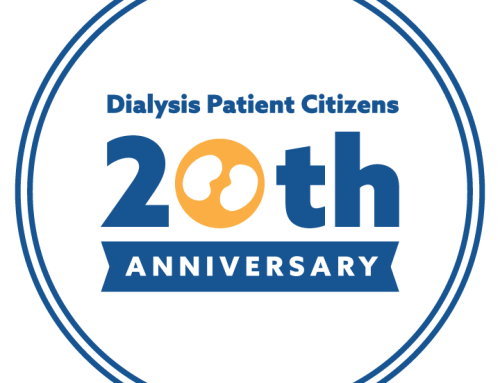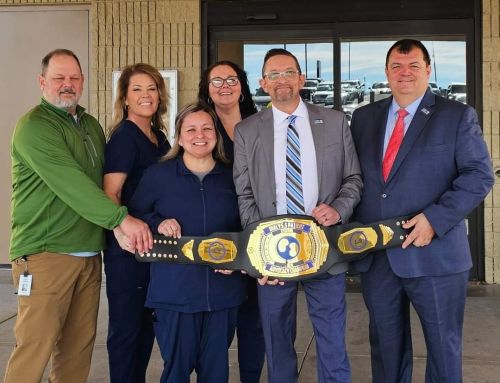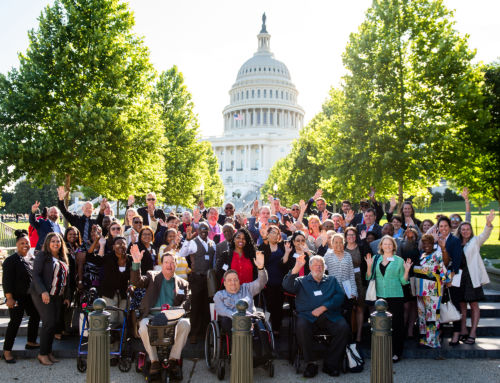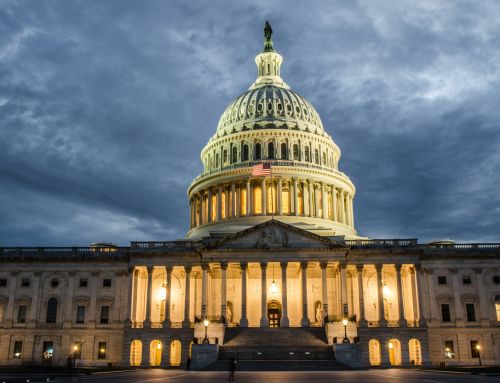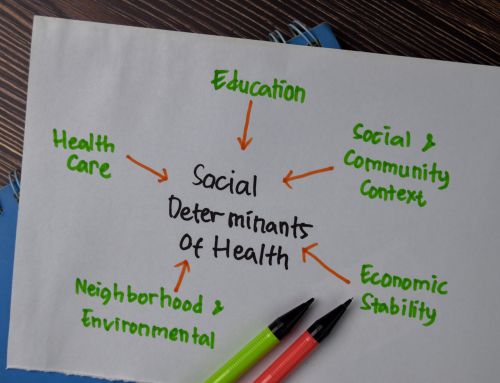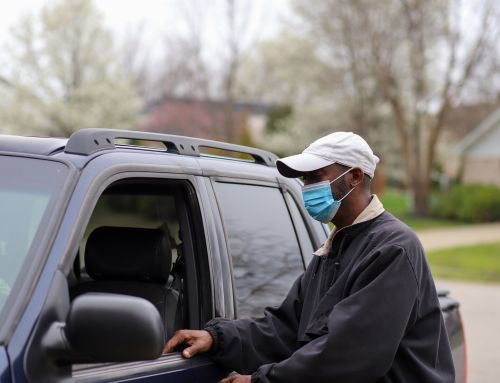This op-ed was written by Jackson Williams, DPC Vice President of Public Policy, and originally published on AMJC’s website: www.ajmc.com/view/contributor-the-trouble-with-bundles.
Payment bundling is a technique aimed at increasing efficiency and reducing low-value care during a treatment episode.In recent years, it has expanded from prospective payment systems (PPS) centered upon a discrete treatment to encompass broader episodes of care surrounding such treatments. For the most part, policymakers and patient advocates have viewed these bundles as a benign form of cost containment. But a spate of new developments—including evaluation reports relating to CMMI Institute episode-based payment demonstrations and stories of patients unable to access bundled drugs or therapy treatments—illustrate the trade-offs inherent in bundles and potential negative impact on consumers.
A bundled payment sets a maximum price for all the items and services involved in a treatment or episode. When those items can no longer be billed separately, they can’t serve as additional profit centers for providers, nor can providers be indifferent to amounts paid to other providers or suppliers. The risk-bearing provider is incentivized to organize care efficiently and minimize input costs. Consumers can benefit to the extent that the provider must get care right the first time or bear the cost of mistakes. Consumers can also benefit when potentially dangerous, separately billable items are no longer provided.
But these same incentives can also produce stinting—the non-provision of appropriate care. When Medicare’s first prospective payment system was introduced in the 1980s—diagnostic-related groups for hospitals—policymakers recognized that patients might be discharged prematurely, and put in place a “fast appeal” process permitting beneficiaries to contest a discharge in real time. However, as payment bundling has expanded to other areas, no analogous processes have been introduced.
Meanwhile, an additional perverse impact of bundling has been identified. A bipartisan white paper issued by the Senate Finance Committee last month posits that the inclusion of inexpensive generic drugs in hospital prospective payment systems drives “race-to-the-bottom pricing dynamics” as hospitals seek cost savings, to a point where manufacturing the drugs becomes unprofitable and shortages ensue.
Recent developments raise concerns that as policymakers focus on wringing out excess Medicare expenditures, they may be dismissing the trade-offs involved in bundling, leading to lower quality of care:
Post-Acute Care Prospective Payment Systems: Decrease in Therapy Offered.
Prior to 2020, payments to Home Health Agencies and Skilled Nursing Facilities were linked to the number of therapy minutes a patient received. Policy analysts felt such a system was not a true bundle and could drive overutilization of therapy services. CMS replaced the old adjusters with new ones based on patient characteristics. Once payment was de-linked from therapy minutes, skilled nursing facilities (SNFs) “significantly reduced their therapy staff hours,” with physical therapist and occupational therapist staffing levels reduced by 5% to 6%, and physical therapy assistant and occupational therapist assistant levels reduced by 10%.
End-Stage Renal Disease (ESRD) Prospective Payment System: Dialysis Patients Shut Out of Anti-Itching Drug.
The ESRD PPS includes drugs to combat pruritis (itching); until just recently, this meant diphenhydramine, essentially offered as a placebo. In 2021, the FDA approved difelikefalin for this condition, and CMS implemented a temporary add-on payment. But uncertainty about long-term funding discouraged nephrologists from prescribing the drug, resulting in fewer than 1% of dialysis patients receiving it. Now CMS has updated payment based on the artificially low take-up, adding a miniscule amount to the bundle and permanently locking in the negligible utilization rate. Making matters worse, the difelikefalin debacle will discourage venture capital from future investments in drugs subject to bundles.
State Innovation Models (SIM) Episode Demonstrations: End-Runs and Lower Quality.
CMMI’s SIM grant program funded development of episode payment models by McKinsey & Co., which were implemented in 3 states’ Medicaid programs. The Arkansas SIM Episode of Care demonstration evaluation found that patients with upper respiratory infections were more likely to make emergency department visits, apparently bypassing their doctors to get prescribed antibiotics. The Tennessee SIM Episode evaluation found fewer follow-up visits, fewer appropriate prescriptions, and more repeat aggravations in their asthma episodes. Only a fraction of the episode types implemented were studied by evaluators.
Comprehensive Care for Joint Replacement (CJR): Negative Results for Hip Fracture Patients.
CJR is CMMI’s mandatory episode payment model. Evaluators found, overall, that CJR-assigned patients required more help from family caregivers when they returned home compared with regular fee-for-service (FFS) patients. For hip fracture episodes, CJR patients “reported worse functional status and required more caregiver help than control respondents. Specifically, CJR [patients] reported less improvement in 3 of 8 measures: rising from sitting, standing, and using the toilet… [T]he differences between the CJR and control groups equate to roughly 3 to 6 more CJR respondents out of every 100 CJR respondents declining in function from before their fracture until after the end of the episode… [and] approximately 5 to 10 more CJR respondents out of 100 requiring more caregiver help.” Evaluators concluded: “These are important findings that warrant additional investigation.”
Bundled Payments for Care Improvement (BPCI): Decrease in Patient Satisfaction.
BPCI is CMMI’s voluntary episode model. Evaluators found “evidence of unfavorable quality results” in patient surveys, with those treated by BPCI providers “slightly more likely to report unfavorable changes in functional status” than FFS patients, a difference of approximately 1.5 percentage points.
Patients in hospital-initiated BPCI episodes were 3 percentage points less likely to report improvement in going up or down stairs and 2 percentage points more likely to report decline. Evaluators described a “broad pattern” of “generally unfavorable results,” including BPCI patients less likely to report favorable care experience outcomes for 6 of 8 measures. Not surprisingly, dissatisfaction with post-acute care drove much of this.
In physician-initiated BPCI surgical episodes, results for the 7 care experience measures suggested that patients “had slightly less favorable outcomes” than FFS beneficiaries. Notably, BPCI patients “were 5.2 [percentage points] less likely to feel prepared to leave the hospital than were comparison respondents.” BPCI patients in orthopedics episodes were 5.7 percentage points less likely than comparison respondents to report the highest levels of satisfaction with recovery.
One wonders if these findings only scratch the surface. As noted, only a fraction of SIM episodes was evaluated. For its Oncology Care Model, CMMI compiled no survival metrics.
In deciding the appropriate intensity of care to be delivered in an episode, providers make a cost/benefit analysis, estimating probabilities of complications across their entire patient panel. The provider’s calculation could be warranted for the panel at the population level but lead to avoidable complications for patients at the tail end of the distribution for whom the marginal cost of needed care exceeds the cost for which providers are at risk. Further, financial incentives are not aligned for producing quality-of-life improvements which have great value to patients but no return on investment for other health care system participants.
Patients in FFS Medicare have, in theory, the right to bypass providers who they perceive to be stinting during an episode and get care ordered by other physicians. In the case of upper respiratory infections in Arkansas, patients knew about the existence of antibiotics and how to bypass the doctor. But in the case of the dialysis bundle, the doctor is the gatekeeper, and patients with pruritis may never find out that a prescription medication is available nor how to access it.
While usually presented by policymakers as initiatives to improve quality as well as efficiency, the raison d’etre for bundling programs is to save money, and providers are incentivized to deliver less care. Bundling has provoked minimal opposition from consumer advocates, perhaps due to cynicism about provider profiteering from separately billable services. But patients—particularly those who choose FFS Medicare—encounter a different milieu than they are expecting, and policymakers must be vigilant in protecting them.
In the author’s experience, Medicare payment and demonstration officials tend to have boundless certitude about their skill at implementing payment models (although those in the latter category should be agnostic about their pilots). Will CMS staff take the view that that exceptional 2% to 10% of beneficiaries with a negative experience ought to “lump it” for the sake of cost containment? In the case of the 30% of ESRD patients with pruritis, they already have.
Bundle designers must anticipate, or drill down to find, junctures at which patients might be poorly served, and build in protections. At minimum, admonitions to patients and appeal processes should be de rigueur. In cases where an expensive item will be needed by a minority of patients, unbundling that item might be the best or only way to prevent stinting. Policymakers should ask whether quality measures are available and penalties for poor outcomes are feasible. Nobody should think that bundling is a painless way to reduce health care costs.









